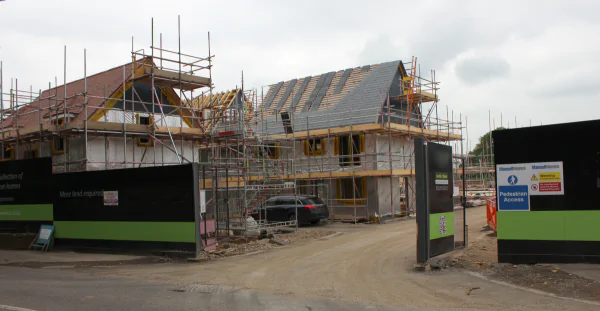
August 4th, 2014
Following swiftly on from a recent decision to restrict Help to Buy funds to solely first time buyers, the Lloyds Banking Group will today confirm that the maximum level of borrowing possible for a customer utilising the Help to Buy scheme variation one will decrease to £150,000. The move reduces the overall maximum lending possible from £500,000, and appears to be aimed at curbing the group’s market exposure to the Government backed loans.
While the suggestion is that the move is just a temporary measure, it raises the suggestion that lenders are seriously considering their position, towards what has been a flagship policy for the Conservative government. A spokesperson for the group stated that: “We have taken the decision to temporarily cap shared equity and shared ownership lending to £150,000. This is a prudent, short term change that reflects the fact that we currently hold around a 50 per cent share of this market and is a further step to focus our activity on supporting first-time buyers who have limited options to get onto the ladder.”
The spokesperson continued to note that: “We remain committed to supporting the affordable housing sector and new build market, recently extending our Help to Buy mortgage guarantee scheme to allow applications for those with a 5 per cent deposit on new build properties.”
As one of the largest mortgage lenders in the market at present, this step is likely to prompt similar moves from the Group’s competitors, as no one lender is likely to want to be the sole source of Help to Buy funding for the market. Jennifer Ward, a mortgage broker for specialist firm Contractor Mortgages Made Easy, said: “The limiting of access to Help to Buy funds appears to suggest that the schemes may gradually begin to be removed from the market. The Lloyds move will certainly prompt similar measures by other large scale lenders, as it did when they removed access to the schemes for non-first time buyers.
“With particular reference to the scheme one variation of Help to Buy, the level of uptake may further decrease, as lenders regularly restrict the level of exposure they hold over any particular new build development. Buyers may find it difficult to source a mortgage lender if too many properties have already been purchased with funds from a specific supplier.”
The restriction is particularly poignant given the news that the highest monthly total of properties were purchased via the Help to Buy scheme in June. The total for the month reached 4357 properties purchased, with the current total of homes arranged under the scheme sitting at 27,167, with the total level of borrowing arranged currently at £1.1bn. The figures have shown that lenders are more open to considering higher loan to values for an extended period since the collapse of the markets in 2008. From the Home Builders Federation, the executive chairman Stewart Baseley said: “Help to Buy is allowing people across the country to buy new-build homes and if people can buy, builders can build.
“Indicators suggest increases in house building activity in the region of 25 per cent and the past year has seen the steepest increase in new housing starts for around 40 years.”
Article By: Simon Butler, Senior Mortgage Consultant at Contractor Mortgages Made Easy
Media Contact: Raman Kaur, Public Relations Manager
Tel: 01489 555 080
Email: media@contractormortgagesuk.com



